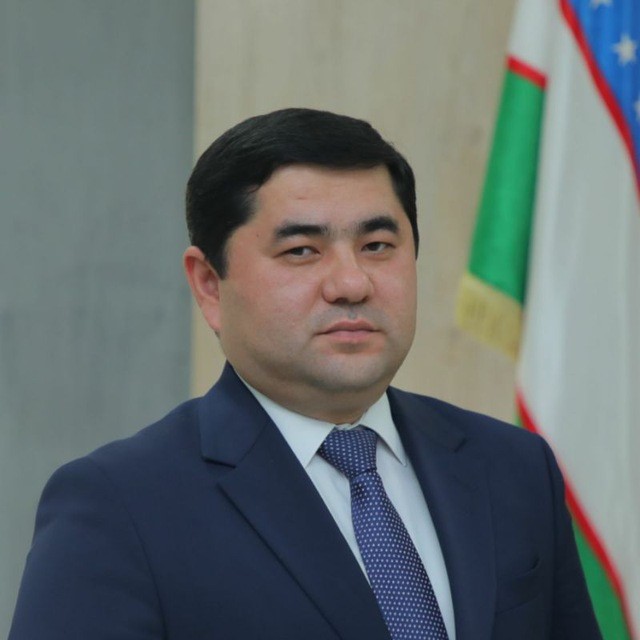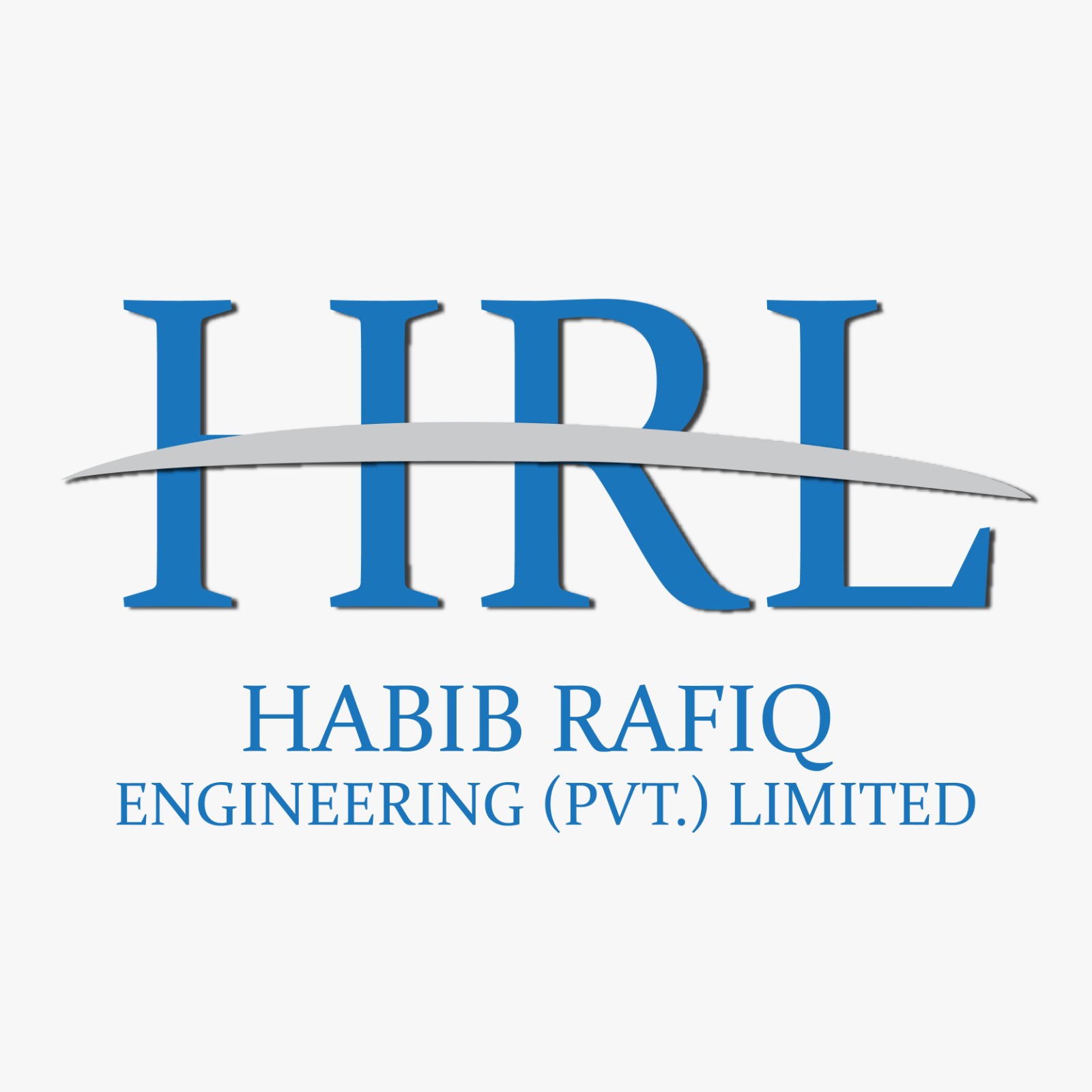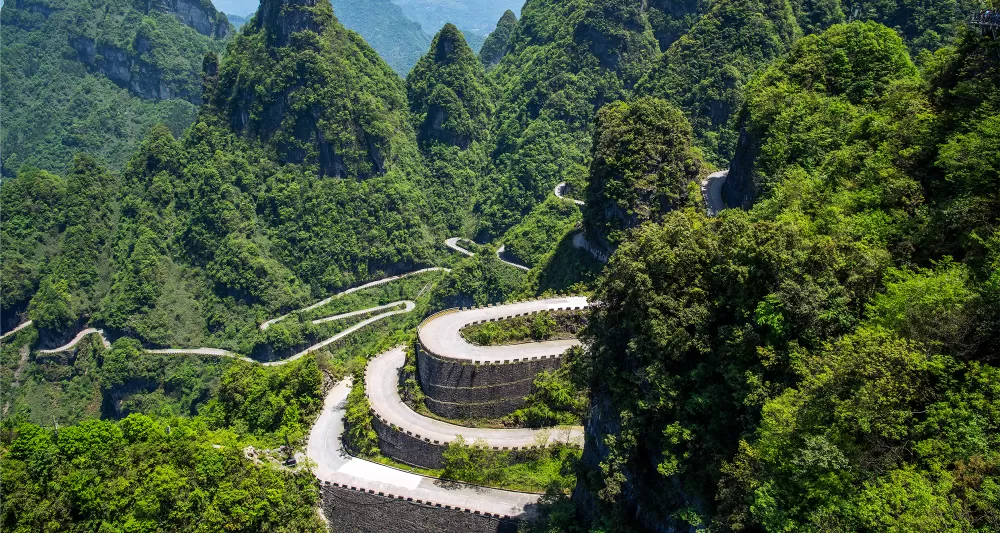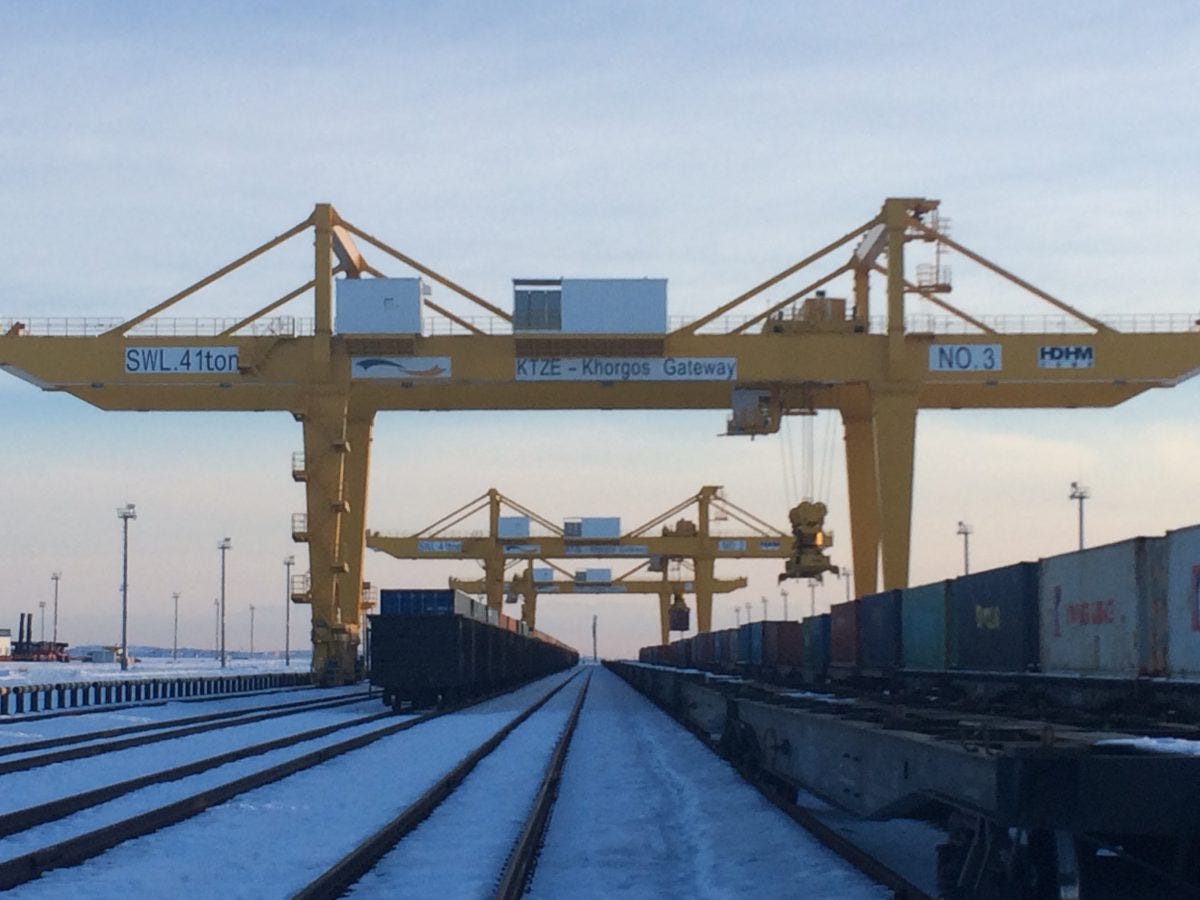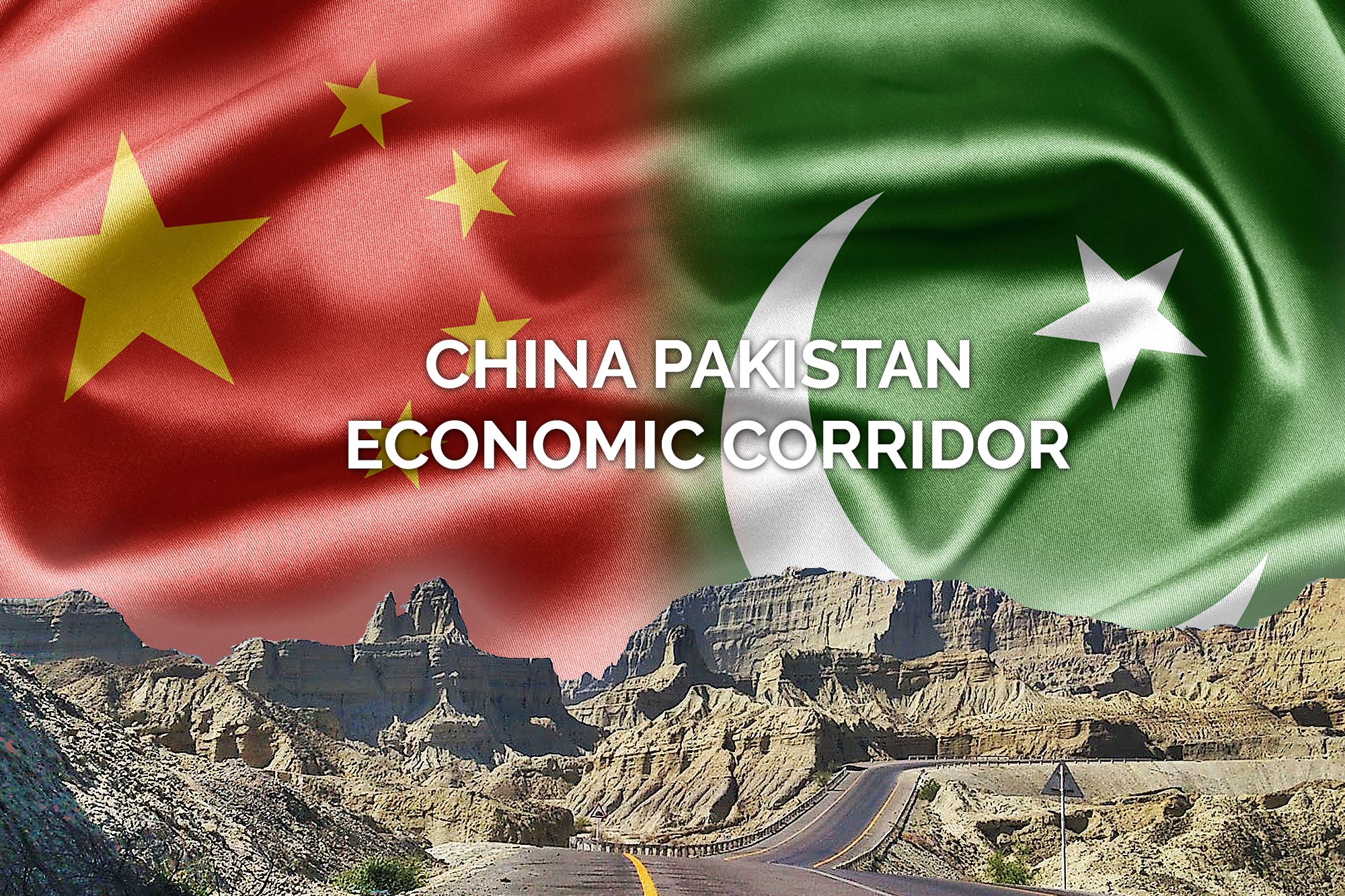The Strategy “Uzbekistan – 2030” outlines geological exploration work aimed at increasing hydrocarbon reserves, modernizing and digitalizing the industry on 60 thousand square meters, and attracting foreign investors to them.
The domestic geological industry is allocated a trillion sums annually. As a result of the implementation of target programs last year, the volume of production in the mining industry reached almost 11 billion dollars.
President of Uzbekistan chaired a meeting on April 29 to discuss the tasks
As noted at the meeting to discuss the tasks in the field of geology and the mining and metallurgical industry, chaired by President Shavkat Mirziyoyev on April 29 of this year, the bulk of this volume falls on the direction of precious and non-ferrous metals, although there is a huge untapped potential for minerals that are critical to industry. In particular, 32 types of such minerals have been discovered in our country.
The world is experiencing dynamic technological development. The demand for rare earth metals in the electric vehicle, electrical engineering, and green energy industries is growing. Therefore, in recent years, prices for molybdenum, tellurium, selenium, and graphite have increased significantly on the world market.
The head of state pointed to the great prospects that are opening up. The need to expand the development of existing and exploration of new deposits of critically important raw materials was emphasized. Six types of such raw materials are mined in our country. At the same time, it is possible to obtain products with high added value from platinum, indium, vanadium, as well as from minerals containing tungsten, molybdenum, rhenium, zinc and manganese. For example, it is possible to organize the production of products that previously did not exist in the republic: powder metallurgy for $300 million and in the field of equipment and components for $100 million per year.
Critical minerals (elements and compounds of high economic importance and risk of supply disruption) also play a key role in the modern economy and industry, being used in the production of high-tech products, renewable energy sources, and many other important industries.
Critical minerals needed for the transition to a green economy are cobalt and nickel (rechargeable batteries, superalloys), graphite (batteries, fuel cells), lithium (batteries for cars, computers and smartphones), gallium and indium (solar panels), dysprosium (permanent magnets, wind turbines, data storage devices, lasers), lanthanum (rechargeable batteries, night vision goggles), neodymium (permanent magnets, wind turbines, medical and industrial lasers), praseodymium (permanent magnets, batteries, aerospace alloys), samarium (permanent magnets, nuclear reactor components, cancer therapy).
Military technology also depends on critical minerals. Rare earth elements are used in missiles, satellites, and other defense systems.
When looking at these resources by country, China is the largest producer and consumer of many critical minerals, such as rare earth elements. Australia is known for its significant reserves of rare earth elements, lithium, and other critical minerals. Congo has significant resources of cobalt, which is important for lithium-ion batteries. Indonesia, the Philippines, Canada, and Russia are also among the major producers of critical minerals, such as nickel, tungsten, and platinum.
Since many critical minerals are concentrated in a few countries, there is a significant risk of supply disruptions. As the world transitions to a green economy, demand for these important minerals and compounds increases exponentially. For example, Turkey accounts for 75 percent of the world’s boron supply. China accounts for 80-90 percent of rare earth minerals and about 70 percent of lithium production. This is prompting countries and companies to diversify sources and look for alternative materials.
Participants in this market assess the security and dependence of their production of high-tech products on external supplies of the required raw materials. On this basis, states draw up their list of critical minerals and develop a corresponding strategy.
While critical minerals play an indispensable role in the modern world, enabling technological progress and the transition to sustainable energy sources, their extraction and use also pose significant challenges. Overcoming these challenges requires international cooperation, investment in research and the development of sustainable extraction and processing practices.
Uzbekistan is also taking steps to study, extract and process critical minerals and rare earth elements.
In 2023, on the sidelines of the Tashkent International Industrial Exhibition “Innoprom. Central Asia”, it was announced that our country intends to start mining lithium. As the leadership of the Ministry of Mining and Geology of the Republic of Uzbekistan emphasized, we have a large lithium deposit, a feasibility study for its development has been developed, and we are preparing to start mining and processing this metal. It was emphasized that the Ministry considers the development of the technological metals industry, which is in demand by industry as part of the transition to low-carbon technologies and green energy, to be a promising direction for the republic.
One of Uzbekistan’s investment proposals is the development of the Nurlikon lithium mine in the Akhangaran district of the Tashkent region. In terms of average lithium content in ores and reserves (more than 123 thousand tons), Nurlikon is not inferior to similar deposits of the same type in the USA and China.
Earlier this year, the University of Geological Sciences hosted the Lithium Day Uzbekistan 2024 conference. The event was organized by the Ministry of Mining and Geology of the Republic of Uzbekistan in cooperation with the German Institute Deutsches Lithiuminsititut and GP Papenburg AG. The main objectives of the event were to study the development trends of critical minerals in the world, their processing technologies and foreign experience in creating a value chain, as well as to establish cooperation with engineering companies capable of implementing such projects.
The conference was attended by industry experts from Germany, Great Britain, Finland, representatives of foreign consulting companies and other organizations.
During the recent state visit of the President of the Republic of Korea Yun Seok-yul to Uzbekistan, a number of bilateral agreements were signed. One of them was concluded between the Ministry of Mining and Geology of Uzbekistan and the Ministry of Trade, Industry and Energy of the Republic of Korea and concerns cooperation in the field of mining and processing of critical minerals.
These measures are intended to accelerate the implementation of joint projects in Uzbekistan with leading technology companies focused on a “green” future.
Mr. Azamat Akabirov is the Press Secretary of the Ministry of Mining and Geology of the Republic of Uzbekistan.
